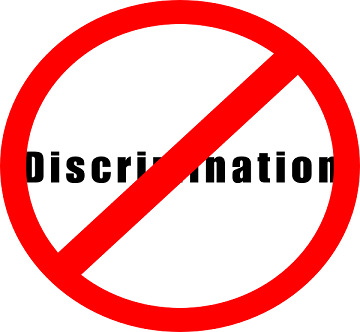We don’t like to whine about the uphill battles our brave clients face in proving that they were discriminated against and/or harassed on the job. Rather, we focus on telling our client’s story about standing up for what is right and fighting for justice. But, a very wise retired federal court judge, Nancy Gertner has recently written an article that explains exactly how difficult it may be for an employee to win on his or her discrimination claim as a result of the “losers’ rules” that some courts follow. The Judge writes:
In this Essay, drawing on my seventeen years on the federal bench, I attempt to provide a firsthand and more detailed account of employment discrimination law’s skewed evolution—the phenomenon I call “Losers’ Rules.” I begin with a discussion of the wholly one-sided legal doctrines that characterize discrimination law. In effect, today’s plaintiff stands to lose unless he or she can prove that the defendant had explicitly discriminatory policies in place or that the relevant actors were overtly biased. It is hard to imagine a higher bar or one less consistent with the legal standards developed after the passage of the Civil Rights Act, let alone with the way discrimination manifests itself in the twenty-first century. Although ideology may have something to do with these changes, and indeed the bench may be far less supportive of antidiscrimination laws than it was during the years following the laws’ passage, I explore another explanation. Asymmetric decisionmaking—where judges are encouraged to write detailed decisions when granting summary judgment and not to write when denying it—fundamentally changes the lens through which employment cases are viewed, in two respects. First, it encourages judges to see employment discrimination cases as trivial or frivolous, as decision after decision details why the plaintiff loses. And second, it leads to the development of decision heuristics—the Losers’ Rules—that serve to justify prodefendant outcomes and thereby exacerbate the one-sided development of the law.
For the complete article, click here. Lebau & Neuworth lawyers recognize these difficulties and creatively seek ways to work around them. We don’t give up. We work for our clients.











